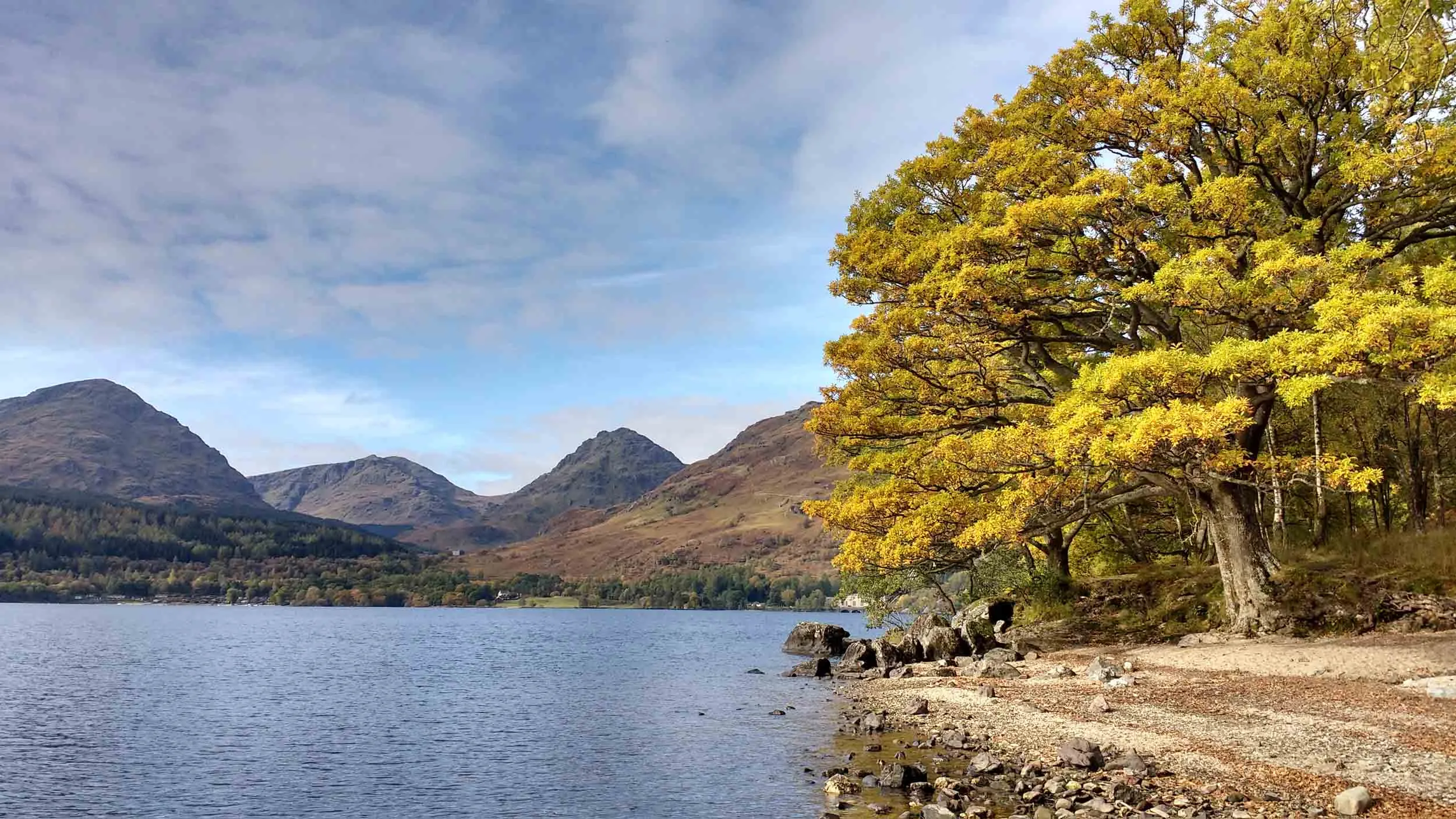News
New land secured for a transformative expansion at RSPB Wallasea Island
The extension will see vital habitat creation for threatened birds, like Corn Buntings and Lapwings.
Look up! The big birds are back in town. Discover the migratory birds of prey that fly to the UK each spring to nest and raise their chicks.

Look up! The big birds are back in town. Discover the migratory birds of prey that fly to the UK each spring to nest and raise their chicks.
When we think about migrating birds, most of us will likely consider such classic long-distance travellers as Swallows and Cuckoos, or perhaps Arctic Terns. The arrival of spring elicits annual joy for many of us, with nature enthusiasts across the land taking note of their first returning warblers, flycatchers, swifts or even departing north-bound geese.
But there is another group of birds which habitually crosses continents to spend the long summer days with us that may be easily overlooked. Indeed, the very fact that these hardy aerial wayfarers arrive on our shores from far afield may well come as a total surprise in itself.
We’re talking raptors. Birds of prey. While our eagles, peregrines, sparrowhawks, kestrels and buzzards mostly remain with us throughout the year, there are a number of species that make epic journeys to nest here each spring. From far-flung falcons to ocean-crossing ospreys we have our fair share of roving raptors to keep an eye out for.
The vast majority of our breeding Ospreys spend their winters in West Africa, though small numbers may go no further than Spain and Portugal. These large fish-eating birds became extinct in the UK in the early 20th century thanks to years of persecution. However, they returned to nest in Scotland in the 1950s and have continued to recolonise ever since and there are as many as 400 pairs now nesting across the UK annually.
Dicover more Osprey facts.
Another bird with a grim past, this impressive hunter of wetland landscapes was also once extremely rare. In fact, they were down to just one single pair in Suffolk in 1971. Thankfully, through dedicated conservation efforts these dynamic harriers have returned and the UK breeding population now stands at around 700 pairs. Although traditionally a summer migrant, more marsh harriers are staying here year-round, likely due to milder winters.
Discover more Marsh Harrier facts.
Sadly, this attractive raptor is having a very hard time clinging on in modern Britain. A rather delicate harrier, these birds travel to Europe from Africa to nest on farmland, plains and bogs. Although never a particularly common bird here, Montagu’s Harriers are today extremely rare nesters, mainly in southern and eastern England.
Discover more Montagu's Harrier facts.
Although quite common on the continent, Honey Buzzards remain scarce in the UK. However, they are widespread and easily overlooked, especially once nesting in their favoured mature woodlands. Despite their name, they do not eat honey but in fact raid bee and wasp nests in search of the grubs inside. These birds spend the winter in tropical Africa and often form huge flocks on autumn migration, especially prior to making sea-crossings across the Mediterranean.
Discover more Honey Buzzard facts.
These dashing falcons have become a familiar sight in many parts of the UK in recent years. Once restricted to southern English counties these dragonfly-hunting hawkers are spreading northwards, along with their favourite insect prey. They are also skilled at catching swallows and martins in mid-air.
Discover more Hobby facts.
These wandering hunters may turn up just about anywhere across the UK. Here are a few RSPB reserves where you might stand a good chance of seeing at least one of our super summer raptors.
England
Ham Wall, Somerset
Langford Lowfields, Nottinghamshire
Capel Fleet, Kent
Fen Drayton Lakes, Cambridgeshire
Leighton Moss, Lancashire
Blacktoft Sands, East Yorkshire
Otmoor, Oxfordshire
Wales
Cors Ddyga, Anglesey
Newport Wetlands, Gwent
Scotland
Tay Reedbeds, Perthshire
Loch Garten, Abernethy
Tollie Red Kites, Highlands
Loch Lomond, West Dunbartonshire
